The DSM-5’s take on autism: Five years on
Recent articles
Featured articles
Why the definition of autism needs to be refined
Five years after its latest revision, the manual used to diagnose autism is back under scrutiny, as evidence suggests it excludes some people on the spectrum.
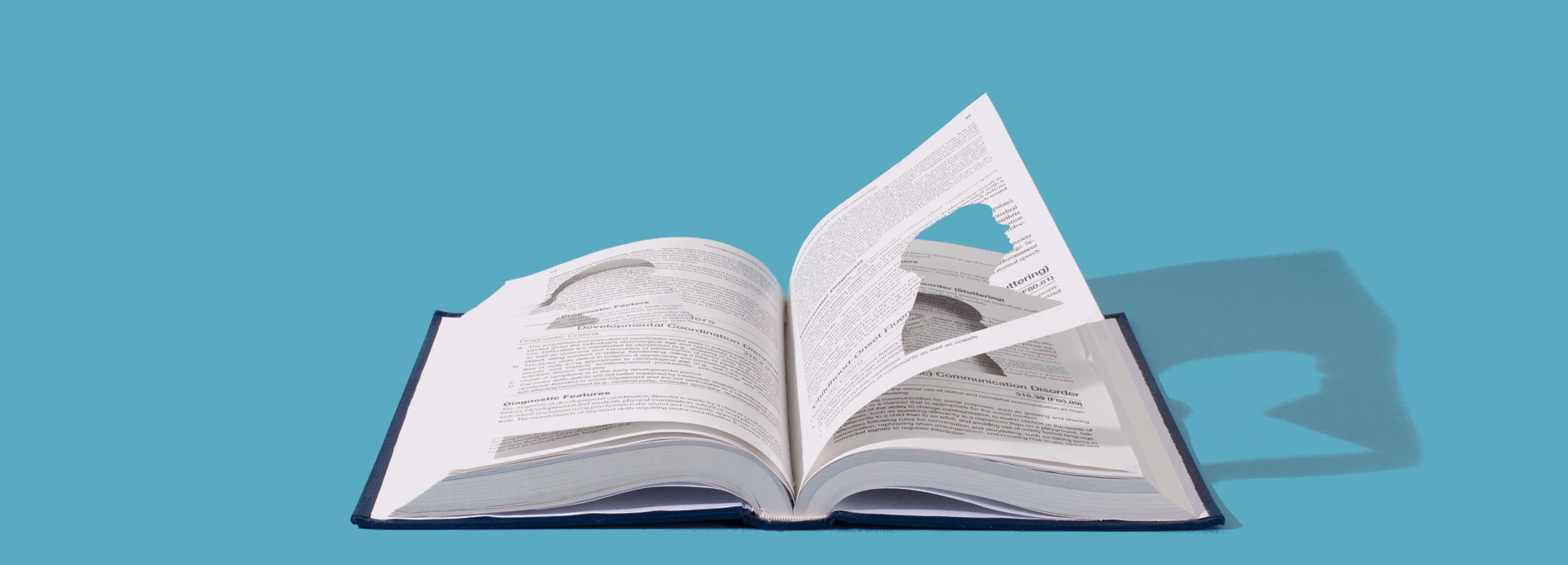
Why the definition of autism needs to be refined
Five years after its latest revision, the manual used to diagnose autism is back under scrutiny, as evidence suggests it excludes some people on the spectrum.
In DSM-5, guidance on girls with autism is short but savvy
The DSM-5 acknowledges how gender shapes autism more than any previous diagnostic manual has, but it’s time to fold in a few new findings.
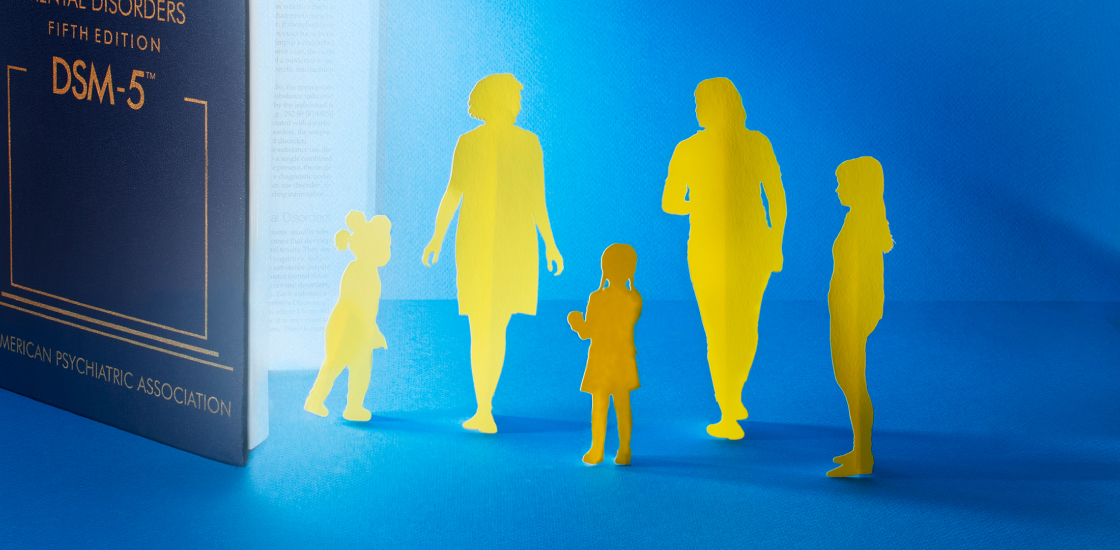
In DSM-5, guidance on girls with autism is short but savvy
The DSM-5 acknowledges how gender shapes autism more than any previous diagnostic manual has, but it’s time to fold in a few new findings.
U.S. institute maintains support for diagnoses based on biology
A 2013 initiative to find biological roots for mental health diagnoses still has broad appeal, but has not produced a dramatic shift in autism research.
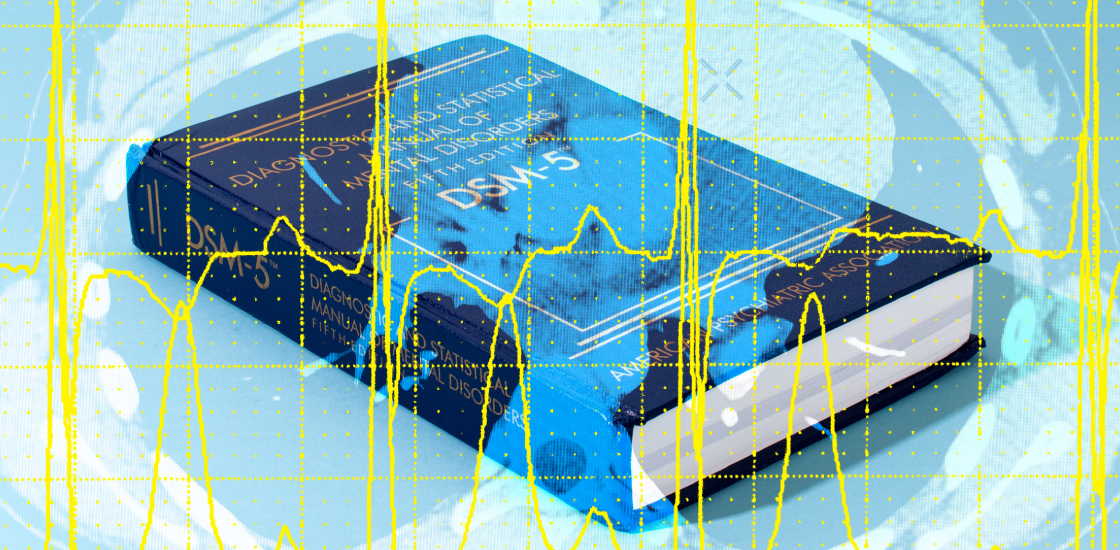
U.S. institute maintains support for diagnoses based on biology
A 2013 initiative to find biological roots for mental health diagnoses still has broad appeal, but has not produced a dramatic shift in autism research.
The evolution of ‘autism’ as a diagnosis, explained
From a form of childhood schizophrenia to a spectrum of conditions, the characterization of autism in diagnostic manuals has a complicated history.
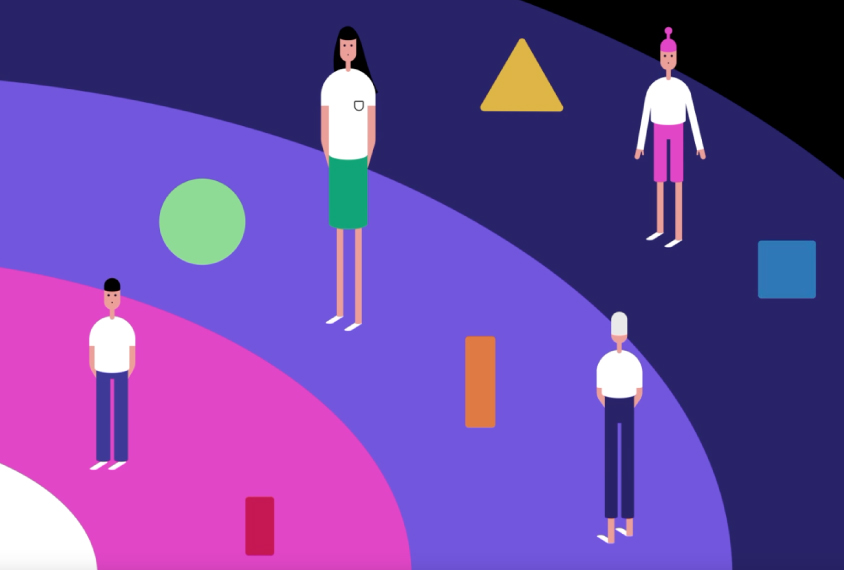
The evolution of ‘autism’ as a diagnosis, explained
From a form of childhood schizophrenia to a spectrum of conditions, the characterization of autism in diagnostic manuals has a complicated history.
How autism’s definition has changed over time
Don’t judge this book by its decidedly dull cover: Across its pages, some of the most dramatic changes in the history of autism have played out. This short animation chronicles how a diagnostic manual has defined and redefined autism over the years.
How autism’s definition has changed over time
Don’t judge this book by its decidedly dull cover: Across its pages, some of the most dramatic changes in the history of autism have played out. This short animation chronicles how a diagnostic manual has defined and redefined autism over the years.
Narrowing of ‘autism’ in DSM-5 runs counter to idea of broad spectrum
The strict definition of autism in the latest version of the diagnostic manual is antithetical to the idea that autism comes in a wide variety of forms.

Narrowing of ‘autism’ in DSM-5 runs counter to idea of broad spectrum
The strict definition of autism in the latest version of the diagnostic manual is antithetical to the idea that autism comes in a wide variety of forms.
The DSM-5 has not improved services for autistic adults
Since the DSM-5’s debut, schoolchildren have gained stronger legal rights and better opportunities for accessing services; for adults, it’s a different story.
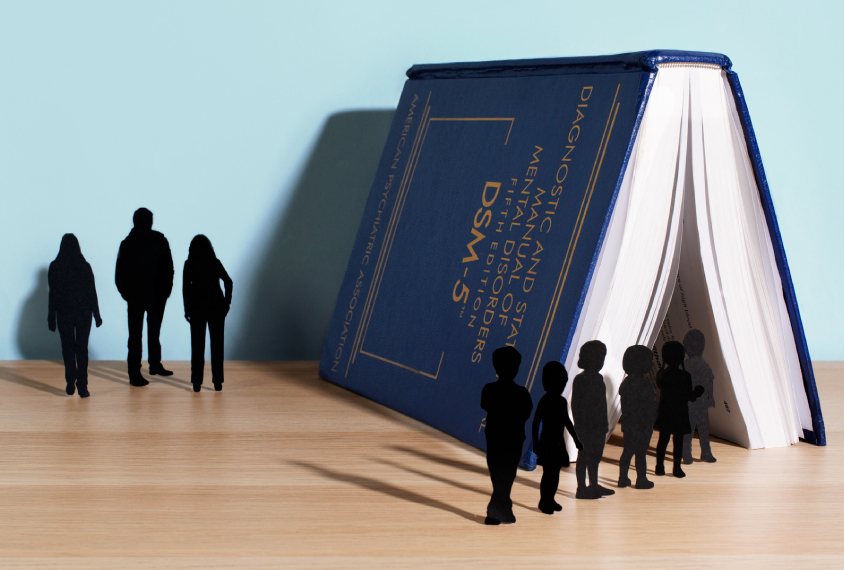
The DSM-5 has not improved services for autistic adults
Since the DSM-5’s debut, schoolchildren have gained stronger legal rights and better opportunities for accessing services; for adults, it’s a different story.
Intellectual disability’s introduction in the DSM-5: What’s the impact?
The move to replace ‘mental retardation’ with ‘intellectual disability’ is widely accepted, but little data exist on the impact of this change.
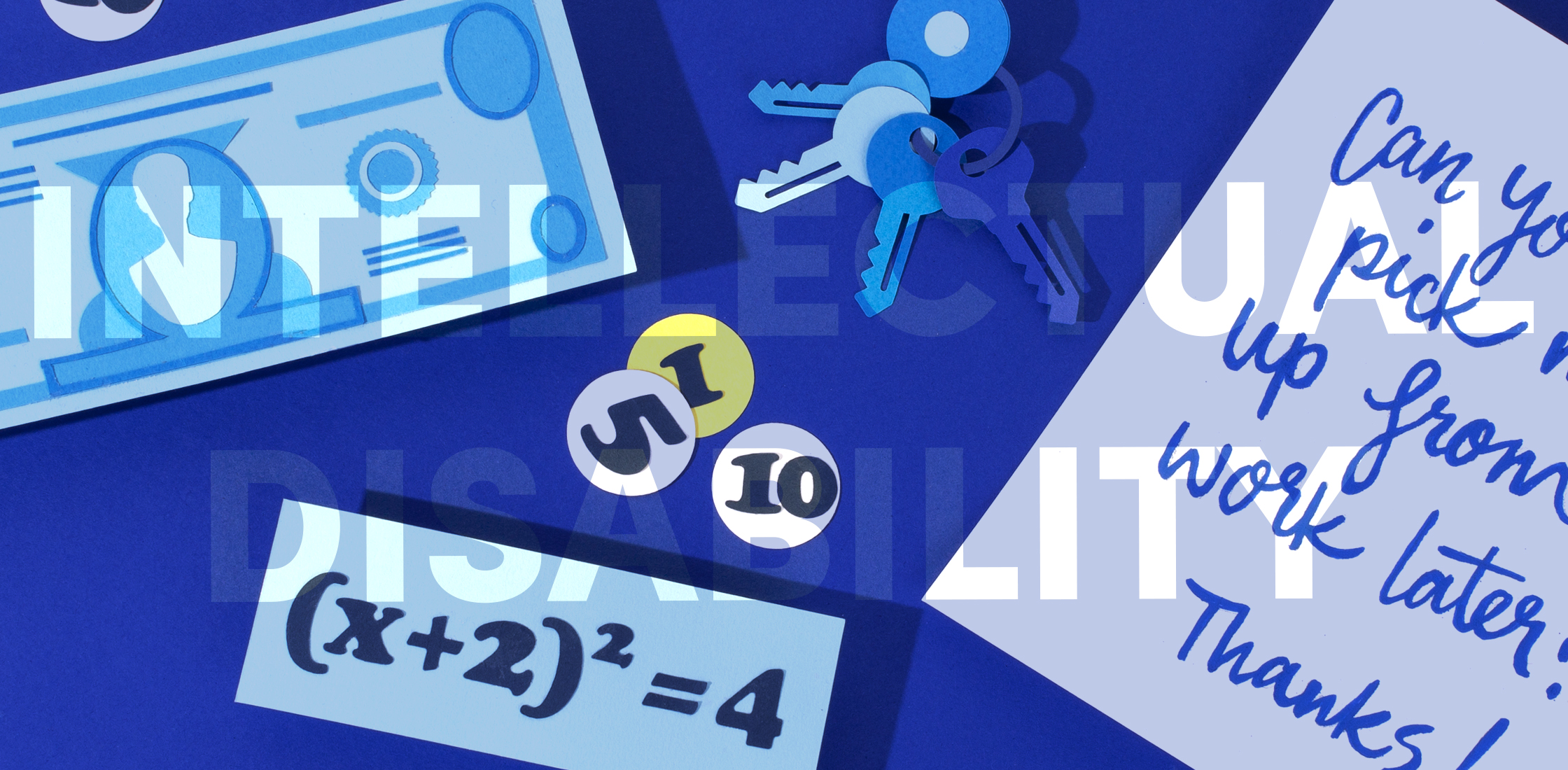
Intellectual disability’s introduction in the DSM-5: What’s the impact?
The move to replace ‘mental retardation’ with ‘intellectual disability’ is widely accepted, but little data exist on the impact of this change.
Few people mourn Asperger syndrome’s loss from diagnostic manuals
Our concept of autism has evolved over the past 20 years, rendering redundant the diagnostic labels of Asperger syndrome and pervasive developmental disorder-not otherwise specified.
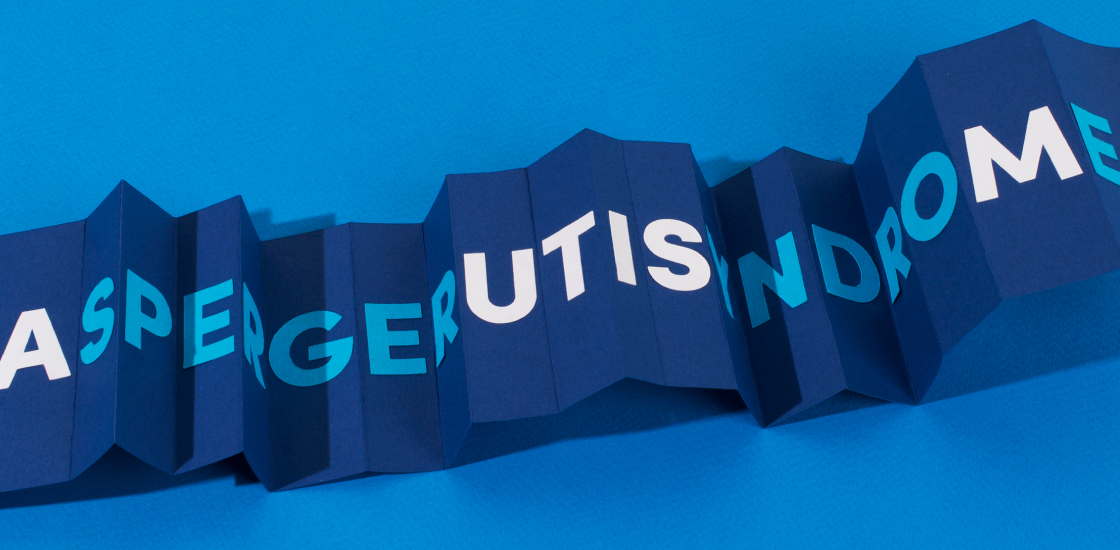
Few people mourn Asperger syndrome’s loss from diagnostic manuals
Our concept of autism has evolved over the past 20 years, rendering redundant the diagnostic labels of Asperger syndrome and pervasive developmental disorder-not otherwise specified.
Why no one needs a diagnosis of ‘social communication disorder’
A diagnosis of social communication disorder only keeps people from a community and resources they desperately want and need.

Why no one needs a diagnosis of ‘social communication disorder’
A diagnosis of social communication disorder only keeps people from a community and resources they desperately want and need.
From the archives
Evidence weak for social communication disorder
There are several reasons why social communication disorder should not have been included in the DSM-5, says Helen Tager-Flusberg.

Evidence weak for social communication disorder
There are several reasons why social communication disorder should not have been included in the DSM-5, says Helen Tager-Flusberg.
Intellectual disability’s DSM-5 debut
The newest edition of the Diagnostic and Statistical Manual of Mental Disorders relies on intellectual function in daily life, both for diagnosing intellectual disability and for determining its level of severity, says Walter Kaufmann.

Intellectual disability’s DSM-5 debut
The newest edition of the Diagnostic and Statistical Manual of Mental Disorders relies on intellectual function in daily life, both for diagnosing intellectual disability and for determining its level of severity, says Walter Kaufmann.
DSM-5 may better serve girls with autism
The newest edition of the Diagnostic and Statistical Manual of Mental Disorders overtly acknowledges that females with autism may have features that differ from those of males with the disorder, says William Mandy.

DSM-5 may better serve girls with autism
The newest edition of the Diagnostic and Statistical Manual of Mental Disorders overtly acknowledges that females with autism may have features that differ from those of males with the disorder, says William Mandy.
Funding agency shifts focus away from diagnostic groups
The National Institute of Mental Health is moving away from research proposals that hew closely to clinical diagnoses such as autism spectrum disorder. The announcement has struck many autism researchers as an attack on the already-controversial new diagnostic criteria for the disorder.

Funding agency shifts focus away from diagnostic groups
The National Institute of Mental Health is moving away from research proposals that hew closely to clinical diagnoses such as autism spectrum disorder. The announcement has struck many autism researchers as an attack on the already-controversial new diagnostic criteria for the disorder.
Levels of autism severity in diagnostic manual track with intelligence
A rating of high severity of autism from the DSM-5, the latest version of the “Diagnostic and Statistical Manual of Mental Disorders,” tracks with low intelligence scores.

Levels of autism severity in diagnostic manual track with intelligence
A rating of high severity of autism from the DSM-5, the latest version of the “Diagnostic and Statistical Manual of Mental Disorders,” tracks with low intelligence scores.
Checklist of abilities opens window onto lives of people with autism
A new catalog may help clinicians evaluate the daily challenges people with autism face.

Checklist of abilities opens window onto lives of people with autism
A new catalog may help clinicians evaluate the daily challenges people with autism face.
New global diagnostic manual mirrors U.S. autism criteria
Starting next year, clinicians worldwide may be using a new, streamlined set of criteria to diagnose autism.

New global diagnostic manual mirrors U.S. autism criteria
Starting next year, clinicians worldwide may be using a new, streamlined set of criteria to diagnose autism.
Portrayals of autism on television don’t showcase full spectrum
Television characters with autism look dramatically different from the majority of people who have the condition.

Portrayals of autism on television don’t showcase full spectrum
Television characters with autism look dramatically different from the majority of people who have the condition.
Autism diagnosis must account for individual ability to function
A new guide offers the most detailed assessment yet of ability in people with autism, and may be a useful tool for diagnosis and research.
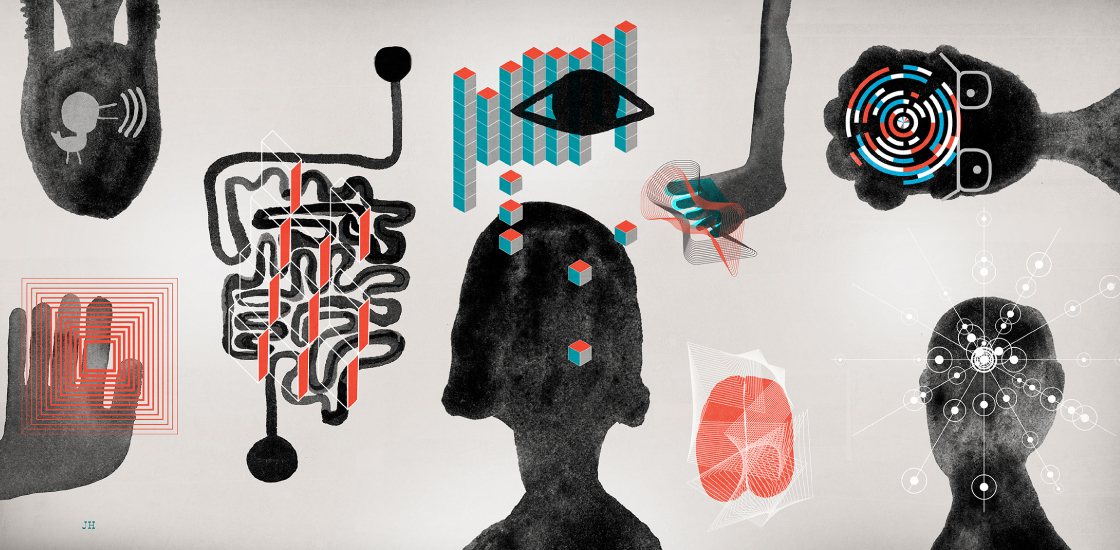
Autism diagnosis must account for individual ability to function
A new guide offers the most detailed assessment yet of ability in people with autism, and may be a useful tool for diagnosis and research.
Diagnostic manual may need to separate repetitive behaviors
A detailed analysis of the behavior of 6,500 children suggests that five types of behaviors lumped together in current diagnostic guidelines should each be considered separately.

Diagnostic manual may need to separate repetitive behaviors
A detailed analysis of the behavior of 6,500 children suggests that five types of behaviors lumped together in current diagnostic guidelines should each be considered separately.
Explore more from The Transmitter
Cerebellar SHANK3; telehealth coaching for caregivers; psychedelics
Here is a roundup of autism-related news and research spotted around the web for the last two weeks of December.
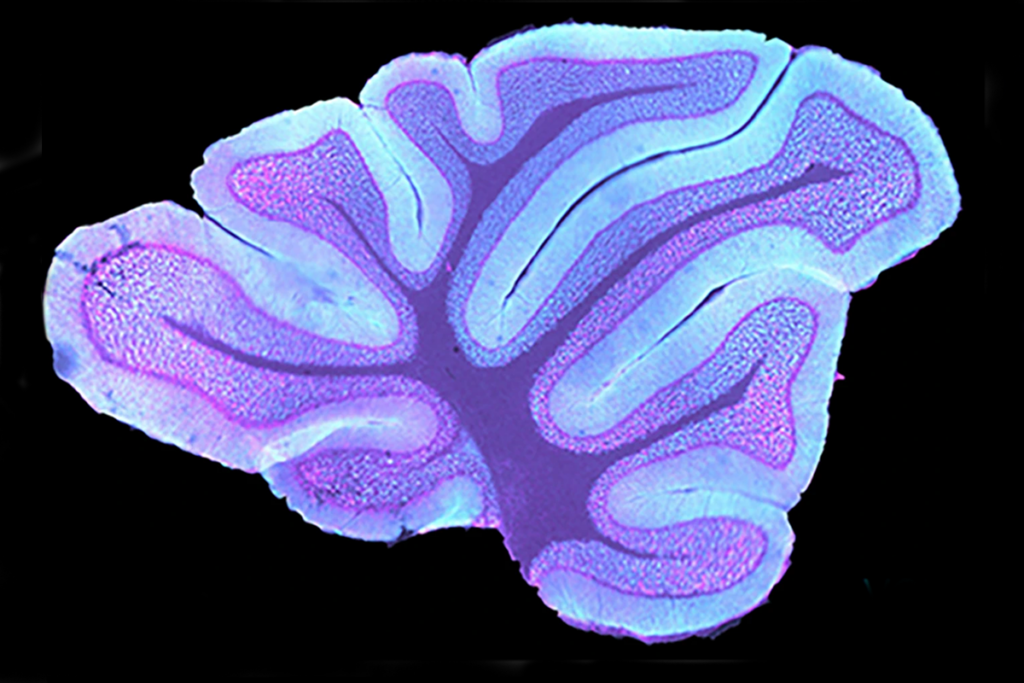
Cerebellar SHANK3; telehealth coaching for caregivers; psychedelics
Here is a roundup of autism-related news and research spotted around the web for the last two weeks of December.
My hope for displaced Ukrainian children with autism, an update
The largest ongoing refugee crisis in Europe has overwhelmed humanitarian agencies. Meeting the needs of families affected by autism has not been a priority.

My hope for displaced Ukrainian children with autism, an update
The largest ongoing refugee crisis in Europe has overwhelmed humanitarian agencies. Meeting the needs of families affected by autism has not been a priority.
The Transmitter’s favorite essays and columns of 2024
From sex differences in Alzheimer’s disease to enduring citation bias, experts weighed in on important scientific and practical issues in neuroscience.
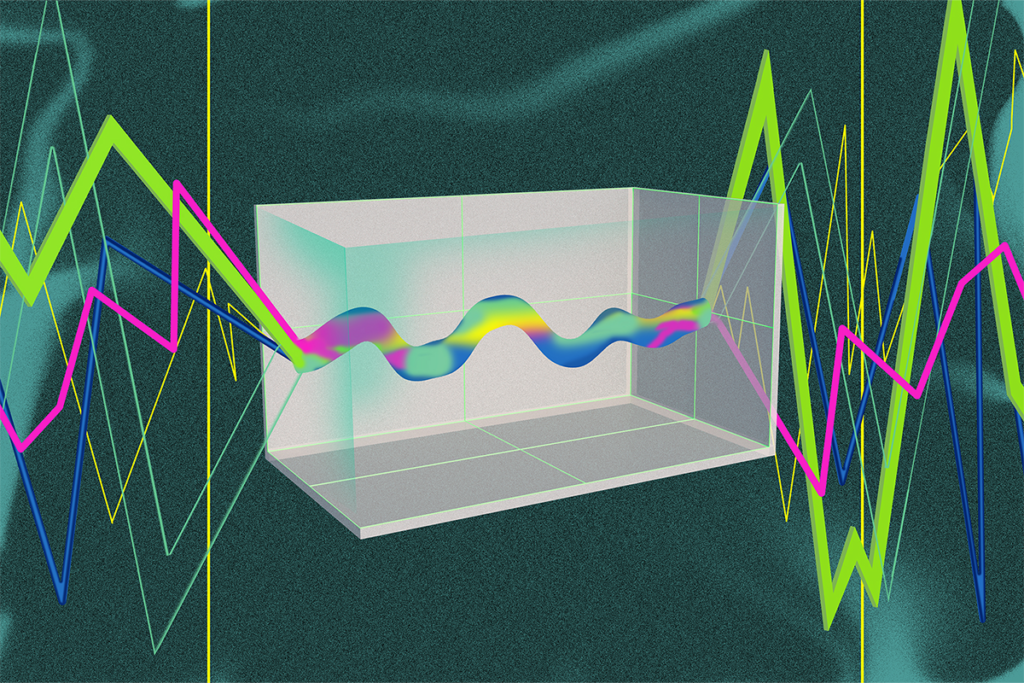
The Transmitter’s favorite essays and columns of 2024
From sex differences in Alzheimer’s disease to enduring citation bias, experts weighed in on important scientific and practical issues in neuroscience.